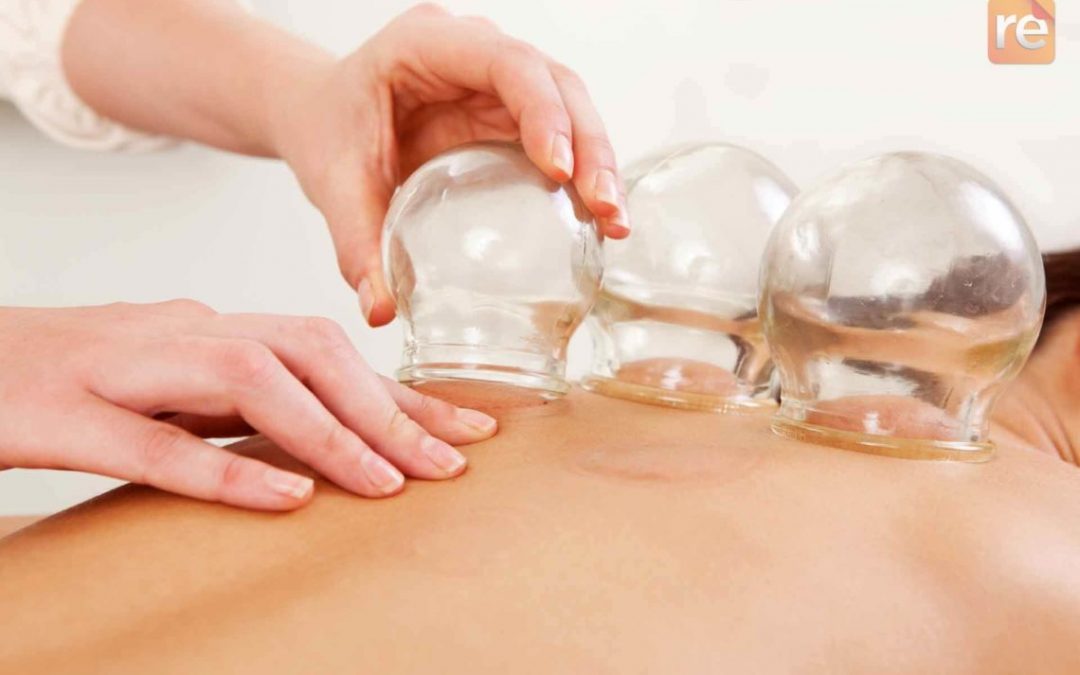Better health is on everyone’s list and cupping is a wonderful technique that can improve your health and provide numerous benefits.
One way to think about cupping is that it is the inverse of massage. Rather than applying pressure to muscles, the suction uses pressure to pull skin, tissue and muscles upward. I often combine cupping with acupuncture into one treatment, but it could also be used alone.
Cupping was developed thousands of years ago and though the techniques have modernized, the original philosophy remains the same.
How does it work?
Cupping involves placing glass, bamboo or plastic jars on the skin and creating a vacuum by suctioning out the air. The underlying tissue is raised, or sucked, partway into the cup. The purpose of cupping is to enhance circulation, help relieve pain, remove “heat” and pull out the toxins that linger in your body’s tissues.
You usually will feel a tight sensation in the area of the cup. Often, this sensation is relaxing and soothing. Depending on your comfort and your practitioner’s assessment of the problem, cups may be moved around or left in place. They may remain on your body briefly or for longer amounts of time. Each treatment is unique to you on that particular day. One very common area to be cupped is the back, although cups work well on other areas, too — particularly on fleshy sections of the body.
Cupping causes the skin to temporarily turn red, blue or purple, especially if there is an injury or energetic blockage under the area that was cupped. The skin discoloration can last anywhere from a few days to a couple of weeks, but is rarely painful. Once the marks have cleared, the procedure can be repeated until the condition or ailment is resolved.
There are a number of methods of cupping — the two most common here in Canada are “fixed cupping” and “moving cupping.”
Fixed Cupping:
The cups are placed on a selected area of your body and then left in place without being moved.
Moving Cupping:
As the name implies, in this method your practitioner applies massage oil or cream on your skin in selected places, puts the cups over the areas to be treated and then slides them around that region of the body — most commonly the back. The cups slide easily because the cream has lubricated your body.
Why you should consider cupping?
You ought to consider exploring the benefits of cupping if you seek relief from stress, pain, allergies, fatigue, flu, colds, back pain, anxiety, muscle aches, red itchy skin conditions or fever.
What benefits does it offer?
Cupping has numerous benefits — it can help remove toxins from the body and stimulate the flow of fresh blood, lymph, and Qi to the affected area and throughout the body. It often works wonders for patients with the flu, colds, coughs, back and muscle pain, poor circulation, anxiety, red itchy skin conditions (though cups are not applied to inflamed areas), allergies, fevers, aches and myriad other pains.
Cupping is not exclusive to Traditional Chinese Medicine. Variations of this treatment were used by ancient Egyptians, North American Indians, early Greeks, and in other Asian and European countries.
Cupping therapy was recommended by Hippocrates, the man whom many consider to be the “Father of Modern Medicine,” in his guide to clinical treatment.
Who should avoid cupping?
It should be noted that cupping is not be used on patients who bleed easily and/or cannot stop bleeding, have skin ulcers, or edema. It is unwise to cup over large blood vessels as well. Pregnant women should be cupped with extreme caution and never on their abdomen or lower back.
Will 2016 be the year that you try cupping?

